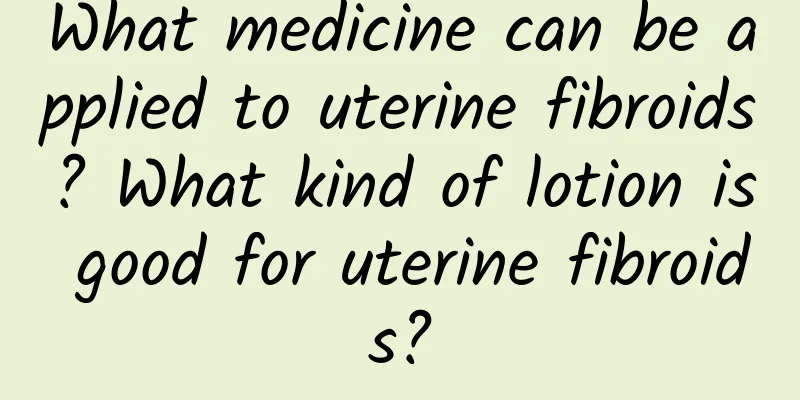Symptoms and features of submucosal uterine fibroids

|
Uterine fibroids are the most common benign tumors of the female reproductive system. They are composed of smooth muscle and connective tissue and are common in women aged 30 to 50. They are rare in women under 20 years old. According to the relationship between the fibroids and the uterine muscle wall, they can be divided into intramural fibroids, subserosal fibroids, and submucosal fibroids. Subserosal fibroids account for about 20% to 30% of the incidence of fibroids. The main manifestations are as follows: The fibroids grow toward the uterine serosa and protrude from the surface of the uterus, and their surface is covered only by the uterine serosa. If the tumor continues to grow toward the serosa surface and is connected to the uterus by only one pedicle, it is called a pedunculated subserosal fibroid, which is supplied with nutrients by the blood vessels of the pedicle. When the blood supply is insufficient, the fibroid may become necrotic. If the pedicle of the fibroid breaks and the tumor falls off, it forms a free fibroid. If the fibroid is located on both sides of the uterine body and grows toward the side of the uterus and protrudes between the two layers of the broad ligament, it is called a broad ligament fibroid. Fibroids growing here may cause the fallopian tube to stretch, twist, and squeeze the lumen, thereby affecting its patency. Or it may cause the ovary to displace, causing the distance between the ovary and the fallopian tube to widen, hindering the egg-collecting function of the fallopian tube fimbria, and then leading to female infertility. Generally speaking, patients with subserosal fibroids often have no obvious menstrual changes, and acute abdominal pain may occur when the pedicle is twisted. When the fibroid turns red, the abdominal pain is severe and accompanied by fever, lower abdominal distension, and back pain, which often worsens during menstruation. During physical examination, a hard, spherical mass can be felt that is connected to the uterus with a thin pedicle and is movable. |
<<: Laser treatment of cervical erosion
>>: How Western Medicine Understands the Causes of Uterine Fibroids
Recommend
Treatment of ovulatory disorders
What are the methods to eliminate ovulation disor...
Experts explain the types of uterine fibroids
Uterine fibroids are one of the more common benig...
How to prevent menstrual irregularities in teenagers
How to prevent menstrual irregularities in teenag...
7-Day Pumpkin Light Meal to Detox and Help Lose Weight
In October, there is an important festival called...
Let's analyze the causes of primary dysmenorrhea for you
Dysmenorrhea is common during menstruation. Dysme...
Can cervical warts be completely cured?
Cervical warts are a sexually transmitted disease...
New method to prevent threatened abortion
Pregnancy is the most important event in a woman&...
Body Sculpting Tutorial - Quickly Train Your Abs to the Strongest Abs (Part 1)
What? When you wake up every day, stretching can ...
What is the least harmful way to have an abortion?
After becoming pregnant, if you want to terminate...
What is the cause of cervical erosion in women?
Cervical erosion is a common cervical disease in ...
Ovarian cyst prevention tips
The prevention of ovarian cysts is knowledge that...
Things you should pay attention to in your daily life if you suffer from vulvar leukoplakia
It is necessary to treat vulvar leukoplakia, but ...
What are the main treatments for vulvar leukoplakia?
What are the main treatments for vulvar leukoplak...
Fruit calorie bomb! 1 durian 3,000 calories
Fruits are rich in vitamin C and contain a variet...
Will ovarian cysts bleed heavily? What are the symptoms in the late stage?
Many friends have heard of ovarian cysts, but the...









